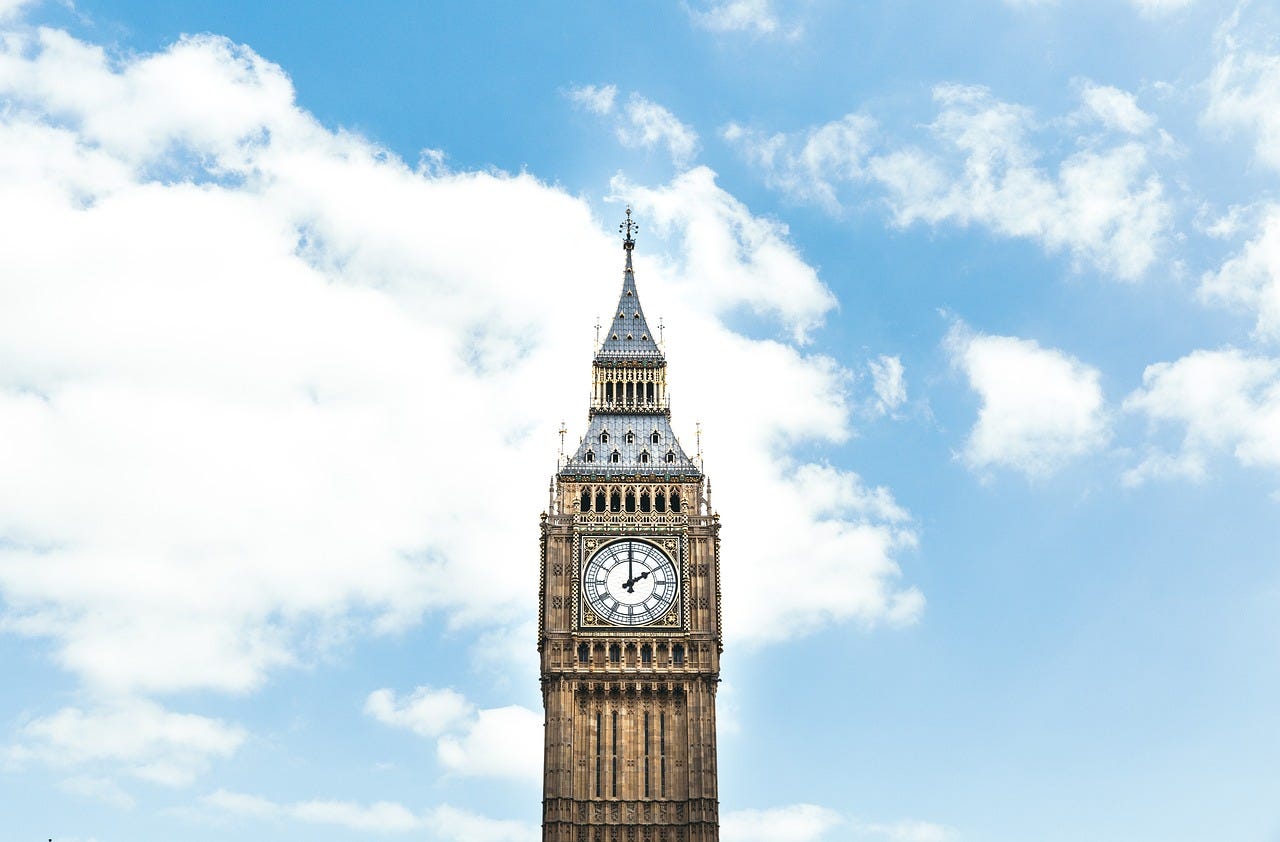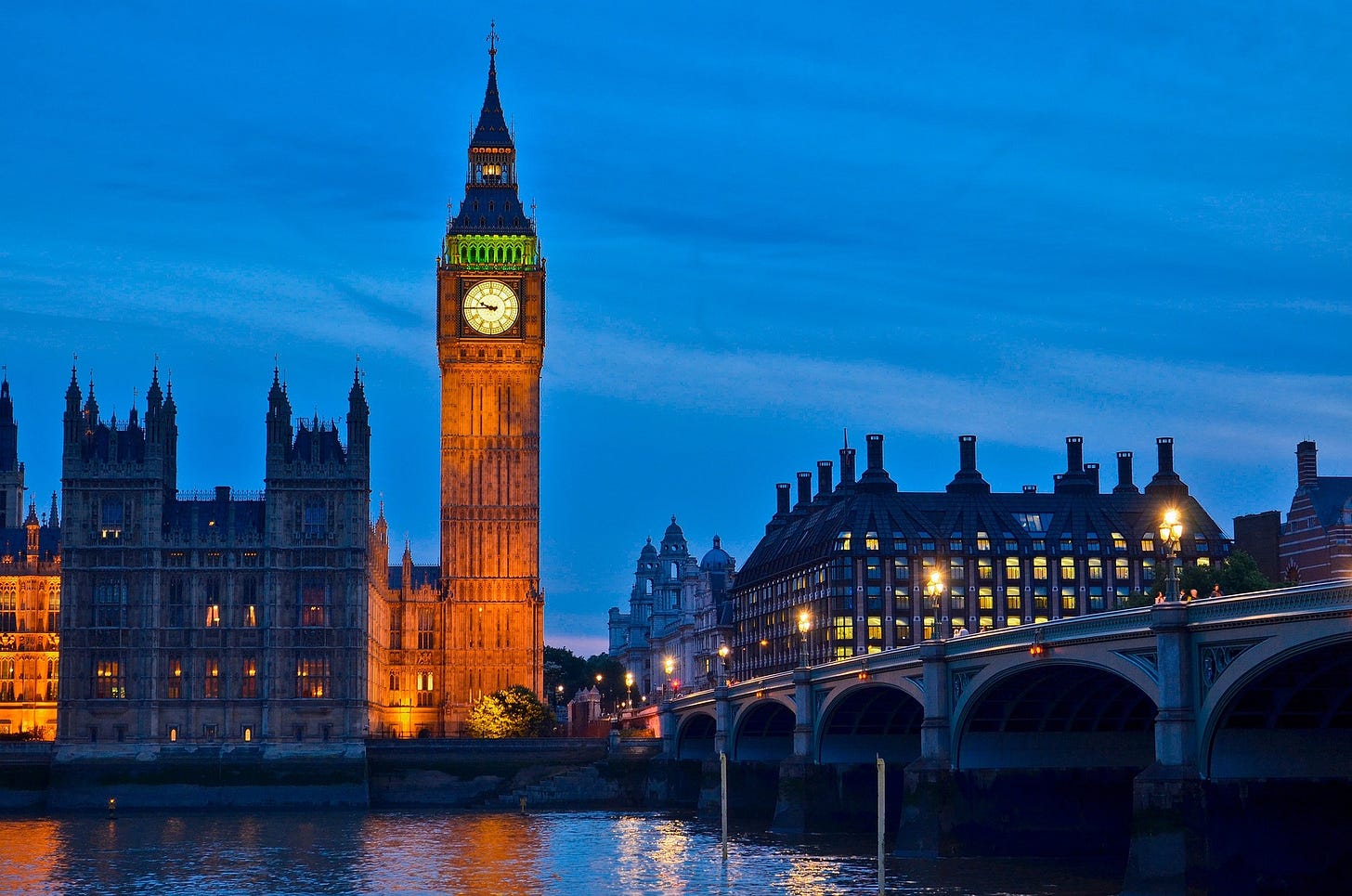When we think of London, a few iconic landmarks come to mind—red double-decker buses, the River Thames, and of course, the imposing silhouette of Big Ben. This towering clock is not just a marker of time but a symbol of British history, culture, and engineering prowess. But beyond its striking appearance, there’s a rich story behind how this iconic structure came to be and what it represents today.
A History That Ticks
The story of Big Ben begins in the 19th century after a fire destroyed the Palace of Westminster in 1834. A commission was formed to design a new Parliament building, and with it came a plan for a clock tower. The architect Charles Barry, alongside Augustus Pugin, created the design, which became a defining feature of London’s skyline. Completed in 1859, the tower became known for its impressive structure and ornate design, standing tall at 316 feet (96 meters).
Contrary to popular belief, "Big Ben" doesn’t refer to the entire clock tower but to the Great Bell inside. The official name of the tower was simply the "Clock Tower" until 2012 when it was renamed the "Elizabeth Tower" in honor of Queen Elizabeth II's Diamond Jubilee.
What Makes Big Ben Tick?
The Great Bell inside the tower weighs a staggering 13.5 tons and was cast in 1858 at the Whitechapel Bell Foundry. Its first attempt cracked, but the second, slightly smaller version, has stood the test of time. The bell is known for its resonant "bongs" that can be heard across central London, chiming every hour.
Big Ben’s clock mechanism is an engineering marvel, designed by Edmund Beckett Denison and George Airy. It was groundbreaking for its time, with a double three-legged gravity escapement that allows the clock to keep precise time despite the London weather’s fluctuations. The pendulum, weighing 660 pounds (300 kilograms), is adjusted using old pennies—a charming and clever way to keep the time accurate.
A Symbol Through the Ages
Beyond its architectural significance, Big Ben has become a symbol of endurance and resilience. During World War II, the clock tower was a constant presence, even surviving a bombing in 1941 that damaged the Commons chamber of Parliament. Its chimes on the BBC World Service became a reassuring sound, symbolizing hope and continuity during challenging times.
More recently, Big Ben has undergone extensive renovations, with its hands, numbers, and surrounding framework restored to their original blue and gold colors. This renovation ensures that Big Ben remains a timeless emblem of London for future generations, even as the city around it evolves.
Fun Facts About Big Ben
Big Ben’s Accuracy: Despite its age, the clock is famously accurate, thanks to its ingenious design and the use of pennies to adjust its timing.
The Great Bell’s Crack: The famous “bong” sound is partly due to a crack in the bell, which was never fully repaired. This gives Big Ben its unique tone.
Touring the Tower: Until 2010, UK residents could apply for a tour of the Elizabeth Tower, including a climb up its 334 steps. However, the tours have been suspended during renovation, with hopes to resume in the coming years.
The Nickname Mystery: How did "Big Ben" get its nickname? Some say it’s named after Sir Benjamin Hall, a burly commissioner of works at the time, while others believe it refers to Benjamin Caunt, a famous heavyweight boxer.
A Lasting Legacy
Big Ben is more than just a clock; it’s a symbol of London’s history, resilience, and grandeur. It has seen monarchs come and go, survived wars, and witnessed the city transform over centuries. Yet, it remains a steadfast reminder of the past, standing proudly beside the River Thames.
For both Londoners and travelers, Big Ben is a comforting constant—a reminder of time’s passage and the enduring spirit of the city. Whether you’re hearing its chimes echo across Westminster or gazing at its illuminated face from across the Thames, there’s a certain magic to knowing that this historic tower has marked time for over 150 years.








